+86 311 85258258
+86 311 85258258
Die casting is a manufacturing process that can produce geometrically complex metal parts through the use of reusable molds, called dies. The die casting process involves the use of a furnace, metal, die casting machine, and die. The metal, typically a non-ferrous alloy such as aluminum or zinc, is melted in the furnace and then injected into the dies in the die casting machine. There are two main types of die casting machines - hot chamber machines (used for alloys with low melting temperatures, such as zinc) and cold chamber machines (used for alloys with high melting temperatures, such as aluminum). The differences between these machines will be detailed in the sections on equipment and tooling. However, in both machines, after the molten metal is injected into the dies, it rapidly cools and solidifies into the final part, called the casting. The steps in this process are described in greater detail in the next section.
The castings that are created in this process can vary greatly in size and weight, ranging from a couple ounces to 100 pounds. One common application of die cast parts are housings - thin-walled enclosures, often requiring many ribs and bosses on the interior. Metal housings for a variety of appliances and equipment are often die cast. Several automobile components are also manufactured using die casting, including pistons, cylinder heads, and engine blocks. Other common die cast parts include propellers, gears, bushings, pumps, and valves.
The process cycle for die casting consists of five main stages, which are explained below. The total cycle time is very short, typically between 2 seconds and 1 minute.
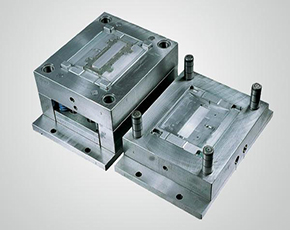
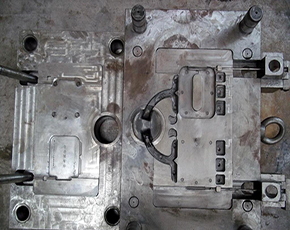
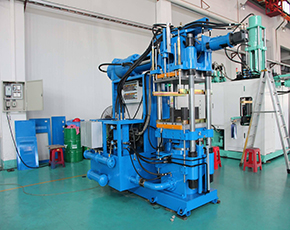
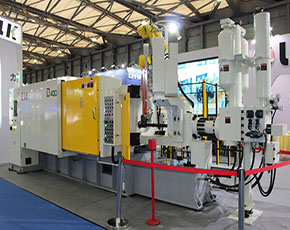
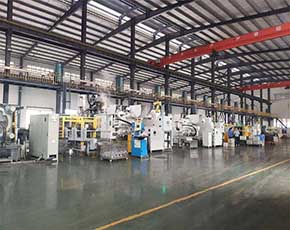
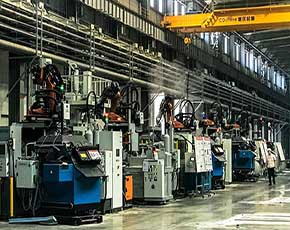
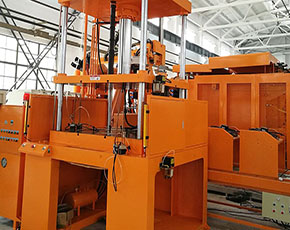
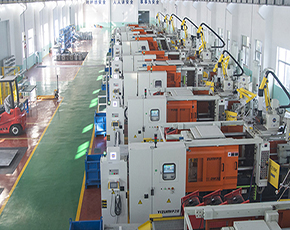
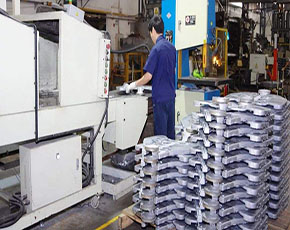

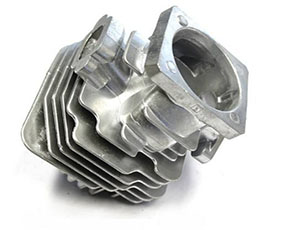
Die casting offers significant advantages over other manufacturing processes, which can often result in significant cost savings, not only in the price of the part itself, but also in overall production costs. When casting parts, you can create complex net shapes, including external threads and complex internal features with minimal draft angles, thus minimizing secondary machining. You can also combine multiple parts into a single part, eliminating assembly operations and reducing labor costs, with the added benefits of simplified inventory control and greater component consistency.
Other benefits include
Variable wall thickness
Tighter tolerances
Fewer steps from raw material to finished product
Fast production cycle times
Reduced material scrap
Long tool life, especially for zinc and magnesium
More expensive machines
Higher operating costs
More material is wasted due to the presence of cookies, so there is more second grade material (return material)
A special feature of the hot chamber die casting machine is that the casting chamber is always in contact with the liquid alloy. The melt enters the casting chamber through a valve, where it is pressed by a piston at high speed into the closed die casting mold. The process is used for low melting point alloys, such as zinc, lead or tin.
The cold chamber die casting machine is designed in such a way that the casting unit is located outside the melt. To produce the part, the alloy is filled into the casting chamber and pressed into the die casting die through a channel. This process is suitable for materials with high melting points. These include, for example, aluminum and copper.
For many years, Zen Young Foundry has been providing customized metal casting services for various industries and project types.
Mining Engineering Machinery Casting Parts
If you are looking for a solution that fits your custom metal Sand casting project, Zen Young can help you produce perfect metal parts through a reliable casting process.
We always welcome special material and difficult parts and would like to help our comstomers utmost.
Investment casting is one of the traditional casting methods. That is, the metal is heated to the temperature of the molten liquid, and then the material is poured into a mold designed with a suitable negative space and gated to effectively completely fill the molten metal. Once the metal has cooled and solidified, the metal part can be removed from the mold for finishing. Investment casting, also known as lost wax casting, is usually used to make jewelry and metal parts with complex shapes.
The material used to make molds for sand casting is sand, not ceramics. Due to the roughness of sand, sand casting is most commonly used for large castings, which usually require less detail precision and tolerances.
Die casting is a kind of metal casting process, which is characterized by forcing molten metal under high pressure into the forming cavity. The cavity is made using two hardened tool steel molds, which have been processed into a certain shape, and die casting works similarly to injection molds.
We will choose different casting methods for processing according to the product shape, material and your working conditions. Many years of processing experience can guarantee the quality of the casting parts.
We are a global manufacturer of conventional and multi-slide die-cast precision parts. Our engineers provide design solutions for a variety of industries, including consumer electronics, automotive, healthcare and more. When our engineers are involved early in a project, they can help design tools and parts specifically for mass production. All of our customers gain insight and expertise during all phases of a project. Contact our engineering team to request a quote today.